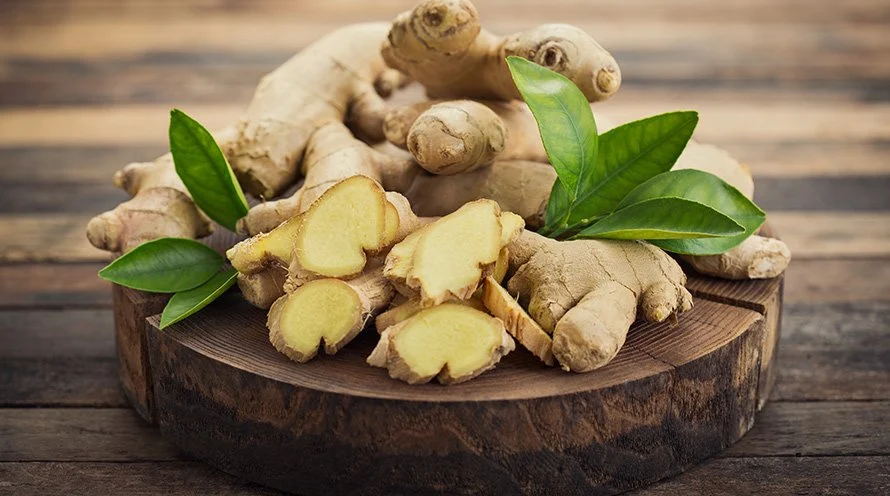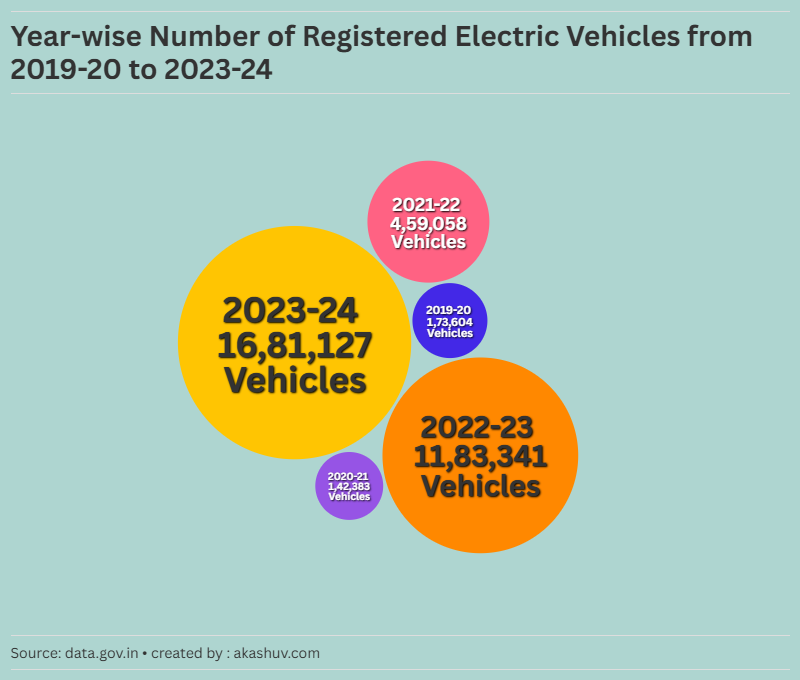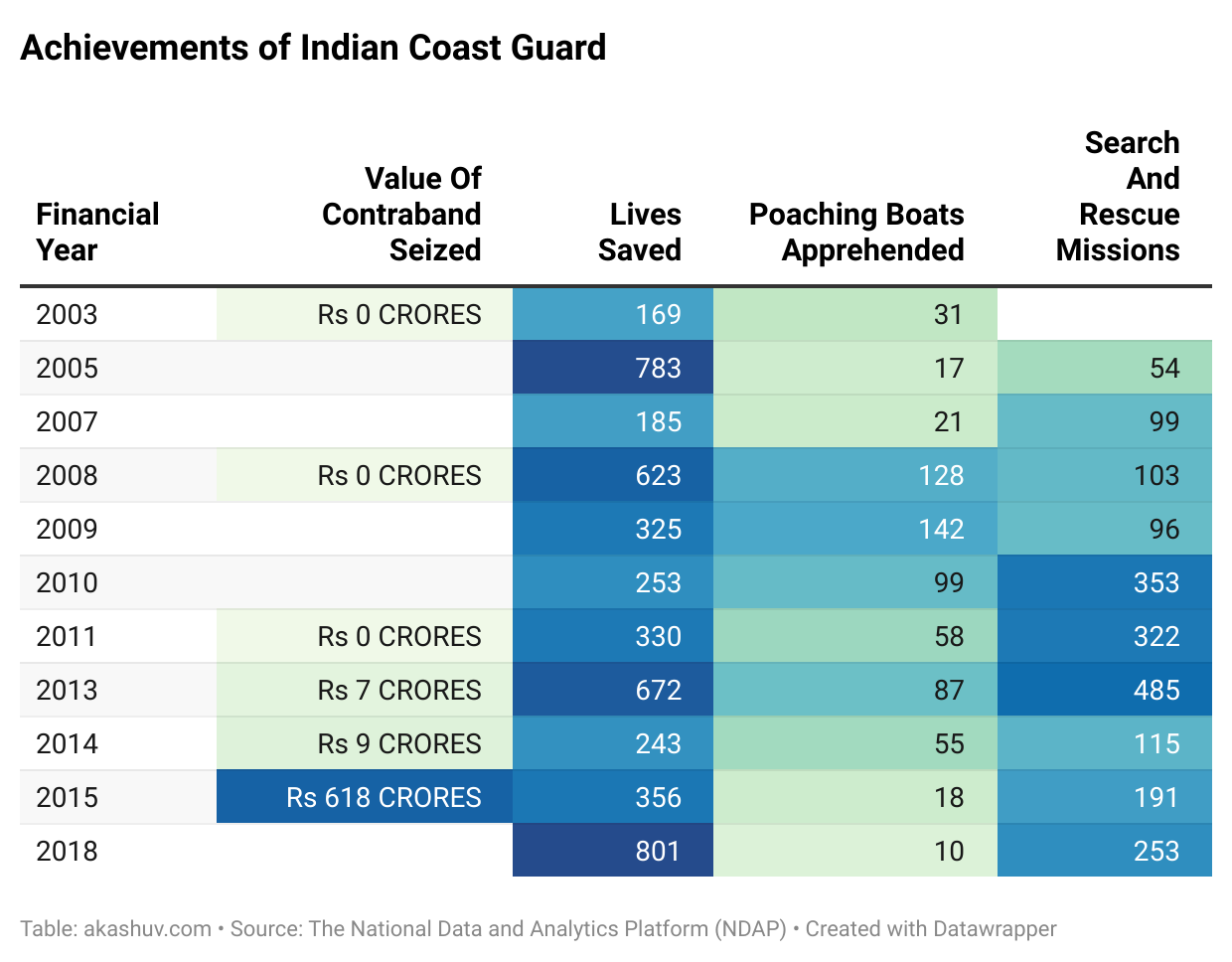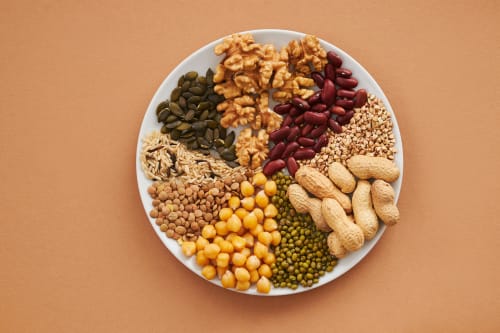Ginger Tea: A Natural Remedy for Period Bloating – An Indian Youth’s Guide
Menstrual cycles can be challenging, with cramps, mood swings, and the infamous bloating making it hard to function at your best.
If you’re an Indian youth juggling studies, work, and social commitments, the added discomfort of period bloating can feel like an unwelcome guest. But what if the solution lies in your kitchen?
According to age-old wisdom—something our mothers have always known—ginger tea is a simple, effective remedy for easing period bloating.
This blog delves into why ginger tea is a go-to solution for menstrual bloating and how it aligns with the lifestyle of Indian youth. Let’s explore how this golden elixir can make your period days a little easier.
Understanding Period Bloating
Period bloating occurs due to hormonal fluctuations, particularly increased levels of estrogen and progesterone. These hormones cause water retention, which leads to a feeling of puffiness or tightness, especially around the abdomen.
While bloating is a normal part of the menstrual cycle, it can be uncomfortable and frustrating.
Why Do Indian Youth Face More Challenges?
As a young Indian, you may already have a hectic lifestyle, balancing academics, work, or other responsibilities. Add to this the cultural expectations and dietary habits that sometimes lean heavily on processed foods, salt, or caffeine—all of which can exacerbate bloating.
Furthermore, in many Indian households, discussing menstruation with male family members is still considered taboo. Some deeply ingrained cultural practices also restrict women during their menstrual cycle, such as not allowing them to enter the kitchen or sleep in a proper bed.
These emotionally distressing practices can, in turn, cause stress, leading to the release of cortisol, a stress hormone that worsens physical discomfort, including bloating.
This is where natural remedies like ginger tea can make a significant difference.
Why Ginger Tea Works Wonders for Period Bloating
1. Anti-inflammatory Properties
Ginger contains powerful anti-inflammatory compounds called gingerols and shogaols. These help reduce the inflammation in the gut, relieving bloating and soothing abdominal discomfort.
2. Promotes Digestive Health
Bloating often stems from digestive issues like slow metabolism or gas buildup. Ginger tea stimulates the digestive enzymes, aiding in faster digestion and reducing gas.
3. Diuretic Effect
Ginger tea has mild diuretic properties that help flush out excess water from the body, reducing water retention and puffiness.
4. Hormonal Balance
Ginger may also play a role in regulating hormones, helping reduce the severity of period symptoms, including bloating, cramps, and mood swings.
5. Warmth and Comfort
A hot cup of ginger tea provides warmth and relaxation, which can ease period discomfort and elevate your mood during challenging days.
Ginger Tea for Period Bloating: Step-by-Step Approach with External Resources
Here’s how you can implement ginger tea as a remedy for period bloating, broken down into actionable steps. Additionally, external links provide deeper insights and credibility.
Step 1: Understand the Science Behind Ginger and Menstrual Health
Before diving into remedies, it’s helpful to understand why ginger is effective for bloating and menstrual discomfort. Research confirms its anti-inflammatory, digestive, and hormone-regulating properties.
External Resources:
Step 2: Gather Ingredients
Head to your kitchen or a local grocery store to gather the following ingredients:
- Fresh ginger root
- Water
- Optional: honey, lemon, or additional spices like cardamom
External Resources:
- BBC Good Food: Why Fresh Ginger Is Better Than Powder
- Times of India: Ginger Benefits in Indian Cooking
Step 3: Prepare Ginger Tea
Follow this quick recipe:
- Boil 2 cups of water in a pan.
- Grate or thinly slice 1-2 inches of fresh ginger.
- Add the ginger to the boiling water and let it simmer for 5-7 minutes.
- Strain the tea into a cup.
- Add a teaspoon of honey or a squeeze of lemon for extra flavor.
External Resources:
Step 4: Drink Responsibly
Consume ginger tea once or twice a day during your menstrual cycle. Avoid drinking excessive amounts, as it can lead to acidity or heartburn in some individuals.
External Resources:
Step 5: Pair Ginger Tea with Lifestyle Adjustments
For maximum relief, complement ginger tea with:
- Hydration: Drink at least 2-3 liters of water daily.
- Diet: Include fiber-rich foods and avoid salty snacks.
- Light Exercise: Try yoga or gentle stretching exercises.
External Resources:
Step 6: Monitor the Results
Keep track of how ginger tea affects your period symptoms over a few cycles. If the bloating significantly reduces, incorporate it into your routine. However, if symptoms persist, consult a healthcare provider.
External Resources:
- WebMD: When to See a Doctor for Menstrual Symptoms
- National Library of Medicine: Gut Health and Hormonal Cycles

Quick Overview of the Steps to Use Ginger Tea for Period Bloating
- Understand the Science Behind Ginger
Ginger’s anti-inflammatory and digestive properties make it effective for easing period bloating. Its ability to regulate hormones also helps reduce discomfort during your menstrual cycle. - Gather the Ingredients
You’ll need fresh ginger root, water, and optional ingredients like honey, lemon, or cardamom for added flavor. - Prepare Ginger Tea
Boil 2 cups of water, add grated or sliced ginger, and let it simmer for 5-7 minutes. Strain into a cup and add honey or lemon if desired. - Drink Responsibly
Drink ginger tea once or twice a day during your period, but avoid overconsumption to prevent acidity or heartburn. - Pair with Lifestyle Adjustments
Stay hydrated, eat fiber-rich foods, and engage in light exercise like yoga to enhance the effectiveness of ginger tea in reducing bloating. - Monitor the Results
Track how your symptoms change over a few cycles. If bloating decreases, continue using ginger tea. If symptoms persist, consult a healthcare provider.
By following these simple steps, you can naturally manage period bloating and stay connected to time-tested, culturally rooted remedies.
When and How Often Should You Drink Ginger Tea?
For best results, drink ginger tea:
- 1-2 times a day during your menstrual cycle, especially when bloating is at its peak.
- First thing in the morning on an empty stomach or in the evening for a calming effect.
Avoid overconsumption, as too much ginger can sometimes cause heartburn or acidity.
The Cultural Connection: Wisdom Passed Down
In Indian households, natural remedies like ginger tea have been trusted for generations. Whether it’s curing a sore throat or soothing an upset stomach, ginger holds a revered place in Ayurvedic medicine. Our mothers and grandmothers often know the value of these age-old practices, even when modern science is just catching up.
As Indian youth, incorporating these traditional remedies into your lifestyle allows you to stay connected to your roots while addressing modern-day health challenges.
Why Ginger Tea Fits the Lifestyle of Indian Youth
- Quick and Easy to Prepare: With minimal ingredients and effort, ginger tea can be made in minutes, making it perfect for busy students or young professionals.
- Affordable and Accessible: Ginger is readily available in most Indian kitchens, making this remedy cost-effective and convenient.
- Customizable Flavor: You can experiment with add-ons like cardamom, cinnamon, or tulsi to suit your taste preferences.
- Holistic Wellness: Beyond bloating, ginger tea helps with cramps, nausea, and even stress—common challenges faced by Indian youth.
Additional Tips to Combat Period Bloating
While ginger tea is an excellent remedy, combining it with a healthy lifestyle can enhance its effects:
- Stay Hydrated: Drink plenty of water to prevent water retention.
- Reduce Salt Intake: Avoid salty snacks, which can worsen bloating.
- Eat Fiber-Rich Foods: Include fruits, vegetables, and whole grains in your diet to promote digestion.
- Exercise Gently: Yoga and light stretches can help alleviate bloating and cramps.
- Limit Caffeine: Replace coffee with herbal teas like ginger, chamomile, or peppermint during your period.
Conclusion: A Cup of Comfort
Ginger tea is more than just a beverage—it’s a cup of comfort, offering relief from period bloating and other menstrual woes. As an Indian youth navigating the complexities of modern life, embracing this traditional remedy can be a game-changer for your overall well-being.
The next time your period brings along bloating, listen to your mom’s advice and brew yourself a warm, soothing cup of ginger tea. It’s a small act of self-care that can make a big difference.
So, why wait? Give ginger tea a try and experience its magical benefits for yourself!
Disclaimer:
The information provided in this blog is intended for general informational purposes only. While ginger tea has been traditionally used in Ayurvedic medicine and has some proven health benefits, it should not be considered a substitute for professional medical advice, diagnosis, or treatment. Always consult with a healthcare provider before making any significant changes to your diet, especially if you have underlying health conditions or are taking medications.
Individual results may vary, and excessive consumption of ginger can lead to side effects such as heartburn or gastrointestinal discomfort. Please consume ginger tea in moderation.
The external resources linked in this article are for reference purposes and do not necessarily reflect the views or recommendations of the author.
-

India’s Electric Vehicle Revolution: A 5-Year Growth Story
Table of Contents
India has embarked on an exciting journey toward greener transportation, and the numbers tell an impressive story. Over the past five years, the adoption of electric vehicles (EVs) has skyrocketed, signaling a significant shift in how Indians perceive sustainable mobility.

Here’s a year-by-year look at the growth in EV registrations:
Fiscal Year Registered EVs 2019-20 173,604 2020-21 142,383 2021-22 459,058 2022-23 1,183,341 2023-24 1,681,127 Source – RAJYA SABHA SESSION – 265 UNSTARRED QUESTION No 1355. ANSWERED ON, 2nd August 2024. Data Figures are in Number.
Dataset URL: https://www.data.gov.in/resource/year-wise-number-registered-electric-vehicles-e-vahan-portal-2019-20-2023-24
What the Numbers Reveal
The data paints an inspiring picture:
- 2019-20 to 2020-21: A Temporary Dip
During the pandemic years, EV registrations saw a slight dip of about 18%, largely due to the economic slowdown and logistical challenges. This was expected as consumer spending shifted to essentials. - 2020-21 to 2021-22: A Triple Leap Forward
As the economy started bouncing back, EV registrations tripled. This marked a turning point, with Indians becoming more receptive to the idea of electric mobility. - 2021-22 to 2022-23: The Big Boom
The following year saw registrations nearly triple again, reflecting heightened awareness, better infrastructure, and improved government incentives. - 2022-23 to 2023-24: Sustained Momentum
The upward trend continued, with a growth rate of over 40% in just one year. It’s clear that EVs are no longer a niche—electric mobility is becoming mainstream.
Why India is Charging Ahead with EVs
Several factors are driving this remarkable growth:
- Government Push
The FAME India Scheme (Faster Adoption and Manufacturing of Hybrid and Electric Vehicles) has been a game-changer. Under FAME II, rolled out in 2019, subsidies and incentives have made EVs more affordable. For instance, as of July 2023, over 832,000 EVs were sold through this scheme, covering two-wheelers, three-wheelers, and four-wheelers. - Improved Charging Infrastructure
Charging anxiety has been a big hurdle for EV adoption, but things are changing. The government has sanctioned nearly 4,500 EV charging stations across cities and highways, making it easier for EV owners to hit the road without worry. - State-Level Support
Many Indian states have introduced their own EV policies. From tax waivers to purchase subsidies, these initiatives are making EVs accessible to a broader audience. - Rising Consumer Awareness
Indians are increasingly prioritizing sustainability and long-term savings. With lower running costs and environmental benefits, EVs are becoming the smarter choice for many families and businesses.
The Road Ahead
The leap from 173,604 EVs in 2019-20 to over 1.6 million in 2023-24 is extraordinary. However, this is just the beginning. With technological advancements, better battery efficiency, and continuous government backing, the EV revolution in India is set to accelerate further.
As consumers, businesses, and policymakers align on the need for sustainable transportation, India could very well become a global leader in the electric mobility sector. The future is electric, and the time to switch gears is now!
Reference: https://pib.gov.in/
Read related blog: Safeguarding the Maritime Nation: Achievements of the Indian Coast Guard
Kerala District wise Per Capita income in 2022-23
- Nuts and Legumes: A Surprising Connection Explained (And Why It Matters to Your Diet)
- Where Do Pine Nuts Originate From? A Journey of Delicious Delicacy
- Discover the 7 Types of Tree Nuts: Unlocking Nutrition and Flavor
- India’s Electric Vehicle Revolution: A 5-Year Growth Story
- Safeguarding the Maritime Nation: Achievements of the Indian Coast Guard
- 2019-20 to 2020-21: A Temporary Dip
-

Safeguarding the Maritime Nation: Achievements of the Indian Coast Guard
The Indian Coast Guard (ICG) plays a critical role in ensuring the safety and security of India’s vast maritime territories.
Over the years, the ICG has continuously demonstrated its commitment to protecting the nation’s interests at sea through various operations and missions.
Let’s take a closer look at some of their significant achievements from 2003 to 2018.
Source of the data : click here
For more such similar articles : click here
-
10 best dry fruits and nuts for your lazy evenings.
Here are nine dry fruits that are perfect for enjoying during lazy evenings, along with their health benefits: 1. Almonds Why Almonds Are Good for Your Health Benefits: Serving Size: Nutritional Highlights (per 28g serving): Incorporating almonds into your diet can contribute to overall health, but it’s essential to consume them in moderation due to…
-
10 White Chocolate Macadamia Nut Cookies That Will Melt in Your Mouth
Calling all cookie enthusiasts! Get ready to tantalize your taste buds with our top 10 white chocolate macadamia nut cookie recipes. These delectable treats combine the creamy sweetness of white chocolate with the crunchy goodness of macadamia nuts for an irresistible experience. Whether you’re a seasoned baker or just starting out, our carefully selected recipes…
-
5 Healthy Mixed Nuts for a Nutritiously Sweet Snack
Tired of bland snacks? Say hello to a flavorful and nutritious choice! Explore 5 healthy mixed nuts that pack a punch of nutrients, support heart health, and satisfy your cravings. Discover them now!
-
5 Mochi Nut Facts That Will Surprise You: A Healthier Nut Alternative
Curious about mochi nuts? Dive into these 5 surprising facts that showcase the unique characteristics and health benefits of this lesser-known nut. Discover why it deserves a spot in your pantry!
-
5 Macadamia Nuts Benefits That Will Make You Go Nuts
Get ready to go nuts over the incredible benefits of macadamia nuts! In this informative guide, we reveal 5 reasons why these nuts deserve a spot in your daily routine. From keeping your heart healthy to boosting your energy levels, discover the amazing power of macadamia nuts!
-
10 Secrets to Post-Nut Clarity: Unlocking Peak Performance After Orgasm
Elevate your performance and well-being with these 10 secrets to post-nut clarity. Unleash the power of this unique state to unlock peak performance and experience the benefits of enhanced focus, creativity, and productivity.
-
Transform Your Space: DIY Tricks for a More Organized and Beautiful Home
Get ready to transform your home into a serene and functional oasis with our comprehensive DIY guide. From closet organization to outdoor space design, we’ve got you covered with expert tips, tricks, and inspiration.
-
5 Effective Ways to Use Beetroot to Enhance Your Sex Life
5 Effective Ways to Use Beetroot to Enhance Your Sex Life Beetroot, widely celebrated for its health benefits, has long been used in various cultures to enhance vitality and sexual well-being. Its rich nitrate content promotes nitric oxide production, which improves blood flow—a critical factor for sexual health. Let’s explore five effective ways to use…
-
10 best dry fruits and nuts for your lazy evenings.
Here are nine dry fruits that are perfect for enjoying during lazy evenings, along with their health benefits: 1. Almonds Why Almonds Are Good for Your Health Benefits: Serving Size: Nutritional Highlights (per 28g serving): Incorporating almonds into your diet can contribute to overall health, but it’s essential to consume them in moderation due to…
-
Kerala Chief ministers since 1957
Kerala, a small state at the southern tip of India, lies nestled between the majestic Western Ghats in the east and the Arabian Sea in the west. The political dynamics of Kerala stand out as unique compared to other Indian states. Let’s take a look at the list of Kerala’s Chief Ministers starting from 1957…
-
-

Kerala District wise Per Capita income in 2022-23
Table of Contents
Understanding the Four Indicators of Per Capita Income
Before diving into the district-wise per capita income in Kerala for 2022-23, let’s simplify the key metrics used to calculate and represent this economic indicator.
Per capita income measures the average income earned per person in a region over a specific period.
The per capita income can be calculated using this equation:

In this formula, the total income represents the aggregate income earned by all individuals in the region, and the population represents the total number of people in that region.
Essentially, it’s a way to get an average income per person.
Here, we’ll break down the four important indicators with relatable examples to make these concepts clear to everyone, even if economics isn’t your strong suit.
1. Per Capita – GDVA at Constant Price (2022-23)
What It Means
This measures the per capita Gross Domestic Value Added (GDVA) in “real” terms, adjusted for inflation. It’s like comparing the price of mangoes today to how much they cost five years ago, without the inflation factor distorting the comparison.
Example Story
Imagine Ravi runs a small business selling handmade pottery. If he earned ₹1,00,000 in 2020 and ₹1,20,000 in 2023, that increase may not mean much if prices for raw materials, fuel, and other expenses also went up. Adjusting for inflation lets us see if Ravi actually produced more value or just earned more nominal money.
Why It’s Important
- It shows the true economic growth in a region.
- Helps policymakers focus on improving real income rather than just chasing higher numbers.
2. Per Capita - GDVA at Current Price (2022-23)
What It Means
This metric looks at the per capita GDVA in “nominal” terms, i.e., without adjusting for inflation. It reflects the income based on the prices during the year 2022-23.
Example Story
Neha’s bakery earned ₹50,000 last year, and this year she made ₹60,000. However, she noticed that the price of ingredients like flour and sugar also increased significantly. This number (₹60,000) represents her income at current prices, but it doesn’t tell if she truly did better or if inflation just made her revenue seem higher.
Why It’s Important
- Gives a snapshot of the immediate economic situation.
- Useful for understanding purchasing power and overall monetary trends.
3. Per Capita - NDVA at Constant Price (2022-23)
What It Means
This measures the per capita Net Domestic Value Added (NDVA) in real terms, adjusted for inflation. NDVA differs from GDVA because it accounts for the depreciation of assets, meaning it considers the wear and tear on machinery, buildings, or tools used for production.
Example Story
Think of Ramesh, a farmer who uses a tractor to plow his fields. Over the years, the tractor needs repairs or replacement parts. NDVA at constant prices tells us how much net value Ramesh added to the economy after accounting for these maintenance costs, adjusted for inflation.
Why It’s Important
- Focuses on sustainable economic growth.
- Helps governments and businesses plan for long-term investments.
4. Per Capita - NDVA at Current Price (2022-23)
What It Means
This shows the per capita NDVA in nominal terms, calculated at the prices prevailing in 2022-23, without adjusting for inflation. It’s useful for assessing net income in absolute terms.
Example Story
Lakshmi owns a textile shop. Over the past year, her shop’s revenue grew significantly. However, her sewing machines needed upgrades, which reduced her actual earnings. NDVA at current prices gives a sense of her net income for the year, though it doesn’t account for rising costs due to inflation.
Why It’s Important
- Provides insight into immediate economic well-being.
- Useful for short-term planning and financial analysis.
Why These Indicators Matter
Comparative Analysis
By examining both constant and current price metrics, we can separate real economic growth from inflation’s effects. For example, if Kerala’s per capita GDVA at constant prices increases by 5%, it means real growth. However, if the increase is only in current prices, inflation might be the culprit.
Gross vs. Net Measures
- Gross indicators show the overall economic activity.
- Net indicators provide a clearer picture of sustainable income by factoring in depreciation.
Policy Implications
These metrics help policymakers:
- Address regional disparities (e.g., why does one district in Kerala have higher per capita income than another?).
- Allocate resources efficiently.
- Identify areas needing targeted economic interventions.
A Kerala-Specific Example
Let’s consider two districts in Kerala:
- District A has a per capita GDVA at constant prices of ₹90,000 and a per capita NDVA at constant prices of ₹75,000.
- District B has a per capita GDVA at constant prices of ₹80,000 and a per capita NDVA at constant prices of ₹65,000.
What does this tell us? While both districts show similar economic activity, District A’s higher NDVA suggests better asset management and sustainable income generation. Policymakers could focus on helping District B improve its infrastructure to reduce depreciation costs.
Conclusion
Understanding these four indicators of per capita income helps us see the bigger picture of economic growth and well-being. By focusing on real income (constant prices) and sustainable value (net measures), we can make informed decisions for a prosperous future.
Do you have a specific district or metric in Kerala you’d like to explore further?
Please visit the website ; https://www.ecostat.kerala.gov.in/
for analyzing economic health and productivity on both a national and regional level.
Citations:
[1] https://www.drishtiias.com/daily-news-analysis/gross-value-added
[2] https://pib.gov.in/PressReleaseIframePage.aspx?PRID=1942055
[3] https://www.investopedia.com/terms/g/gross-value-added.asp
[4] https://www.mospi.gov.in/sites/default/files/press_release/PressNoteGDP31052024.pdfCheck out our blog on MBA: Click here








Leave a Reply